This website is a personal project created to share information about various flowers found growing in the UK (mostly England).
The flowers featured on this site were photographed largely by myself during walks in the countryside and local parks and gardens. The images are intended to showcase the natural beauty of these flowers in their natural habitats.
Plant Identity
All the flowers were identified using the PictureThis App which can identify40,000+ plants, flowers, shrubs, trees, vines and succulents. There are however352,000 angiosperms (flowering plants) see Britannica.com
Each plant is identified as one of the following growth types, see PictureThis or Plant Rescue. The earliest known botanist to have attempted a systematic classification of plants is Theophrastus (c.371 – c.287 BC). It is a rough and ready classification and succulents are often missing and included with herbs.
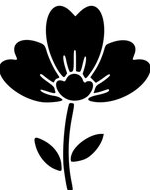 Herb: Non-woody, soft stemmed
Herb: Non-woody, soft stemmed
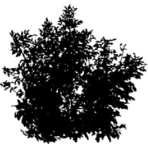 Shrub: Woody, having several stems
Shrub: Woody, having several stems
 Tree: Woody, having tall single central axis
Tree: Woody, having tall single central axis
 Vine: Climbing or trailing plant
Vine: Climbing or trailing plant
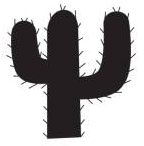 Succulent: Adapted to store water in parts
Succulent: Adapted to store water in parts
![]() Flowering plants have been used for medicinal purposes for thousands of years.
Many modern medicines are derived from compounds found in flowers and other
parts of plants.
Flowering plants have been used for medicinal purposes for thousands of years.
Many modern medicines are derived from compounds found in flowers and other
parts of plants.
![]() This symbol indicates that the flower has known medicinal
properties. This does not mean that the flower is safe to use
as a medicine, as some flowers can be toxic or have side effects.
Always consult a healthcare professional before using any plant
for medicinal purposes.
This symbol indicates that the flower has known medicinal
properties. This does not mean that the flower is safe to use
as a medicine, as some flowers can be toxic or have side effects.
Always consult a healthcare professional before using any plant
for medicinal purposes.
![]() Note: Some flowers or plant parts are also edible.
Edibility is a complex topic as some flowers
may be edible in small quantities but toxic in larger amounts,
or only certain parts of the flower or plant may be safe to eat. Always
research thoroughly and consult reliable sources before consuming
any part of a plant.
Note: Some flowers or plant parts are also edible.
Edibility is a complex topic as some flowers
may be edible in small quantities but toxic in larger amounts,
or only certain parts of the flower or plant may be safe to eat. Always
research thoroughly and consult reliable sources before consuming
any part of a plant.
The following symbols have been used to classify the toxicity of flowering plants to humans and pets. The information on pet toxicity is largely about toxicity to dogs and cats. Please see the full information page for details.
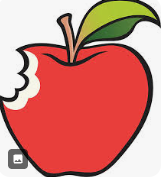 Edible: Some parts of the plan can be eaten
Edible: Some parts of the plan can be eaten
 Mildy Toxic: Some parts of the plan are mildly toxic
Mildy Toxic: Some parts of the plan are mildly toxic
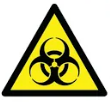 Highly Toxic: Some parts of the plant are highly toxic
Highly Toxic: Some parts of the plant are highly toxic
 Pet Toxic: Some parts of the plant are highly toxic to pets
Pet Toxic: Some parts of the plant are highly toxic to pets
The information icon leads to a page of information including a Description of the flower's characteristics, Distribution, Medicinal Uses, Edibility, Precautions and Toxicity to humans and pets as well as what the Active Compounds are. This information is sourced from ChatGTP4/5 which used various reputable sourses including:
The following symbols have been used to classify flowering plants as native to this country, or as cultivated or naturalised.
Native: Species growing in wild and native habitats
Cultivated: Species cultivated as a garden or house plant
Naturalised: Species growing in wild and exotic habitats
Invasive: Species non-native causing environmental damage
The colour of flowers is one of their most striking and diverse features. Flowers come in a wide range of colours, sometimes in the same species, each colour serving various ecological and evolutionary purposes. In order to filter flowers by colour, each flower is asigned either a primary or a secondary colour based on a typical colour wheel which includes red, orange, yellow, green, blue and violet (purple).
However many flowers are white, or pink (which is a very light red), so those colours have been added to the filter, together with Black (no colour). These colours are produced by pigments such as anthocyanins, carotenoids, and chlorophyll. Flower colours play a crucial role in attracting pollinators like bees, butterflies, and birds, which are essential for the reproduction of many plant species.
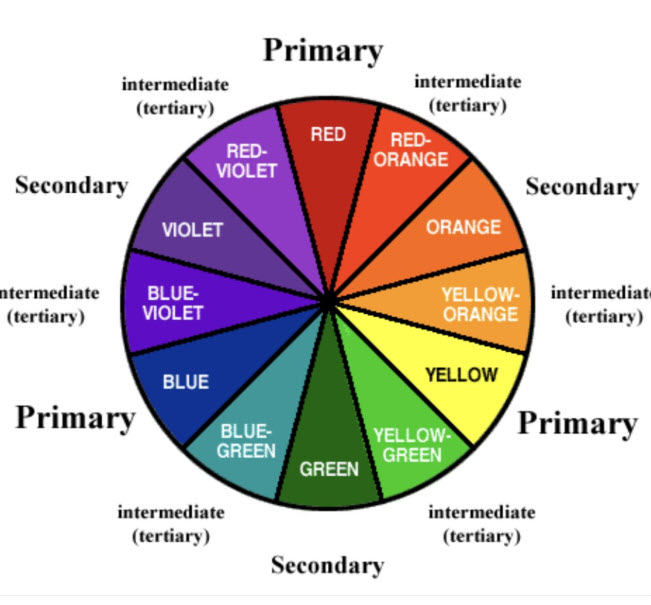
Although it is possible to disinguish tertiary colours such as Yellow-Orange and Blue-Violet, these are not included for simplicity. Where a species comes in a variety of colours, the most common colour has been chosen, but the alternatives can be found by viewing the variations, signified by (n) after the english name. Where (n) can be as many as18 variations, as in the case of the Rose (Rosa).